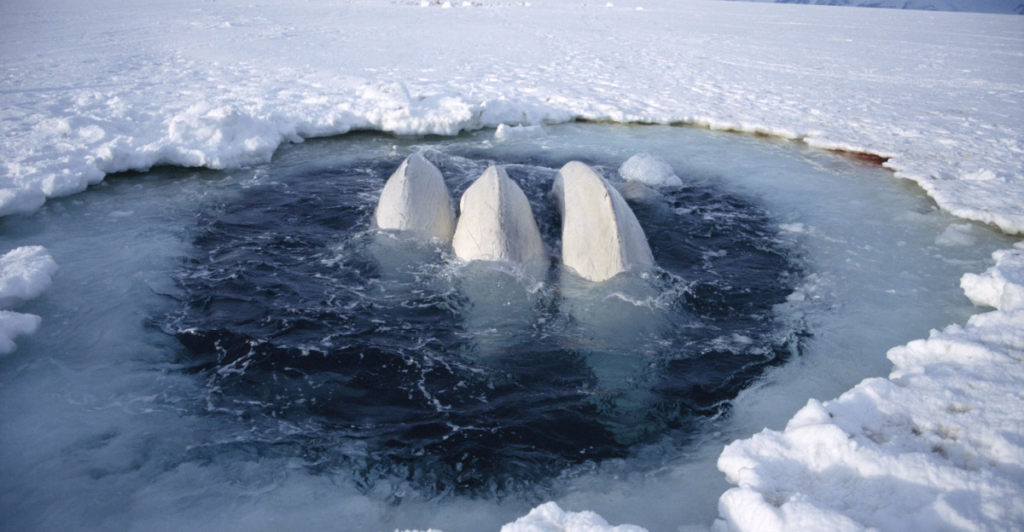
We all know the ocean is warming, but here’s the strange part—some areas are actually cooling down. No, the ocean is confused, there’s a reason behind it. Scientists say these shifting temperatures are shaking up marine ecosystems, forcing species to move, and changing the way life thrives underwater. So, what’s really going on? And what does this mean for the future of our oceans? Let’s dive in.
The Ocean’s Mixed Signals
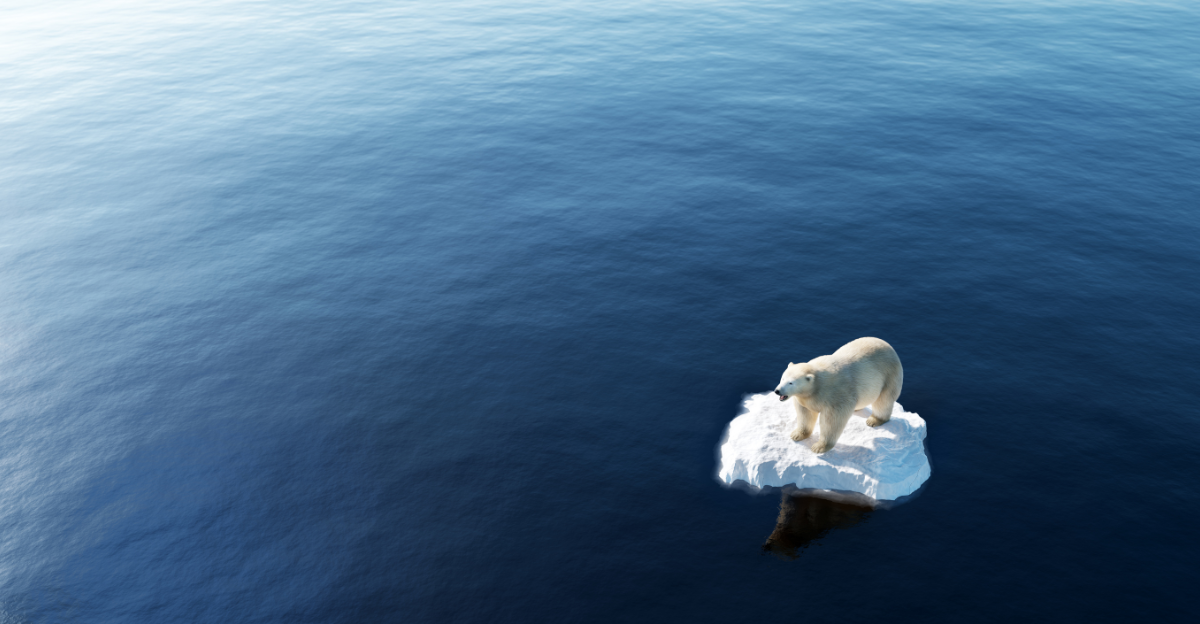
You’d think the entire ocean is just heating up, right? Well, it’s a bit more complex. While many regions are experiencing significant warming, some areas are actually cooling. These contrasting trends are shaking things up for the creatures that call the ocean home.
Warming Waters
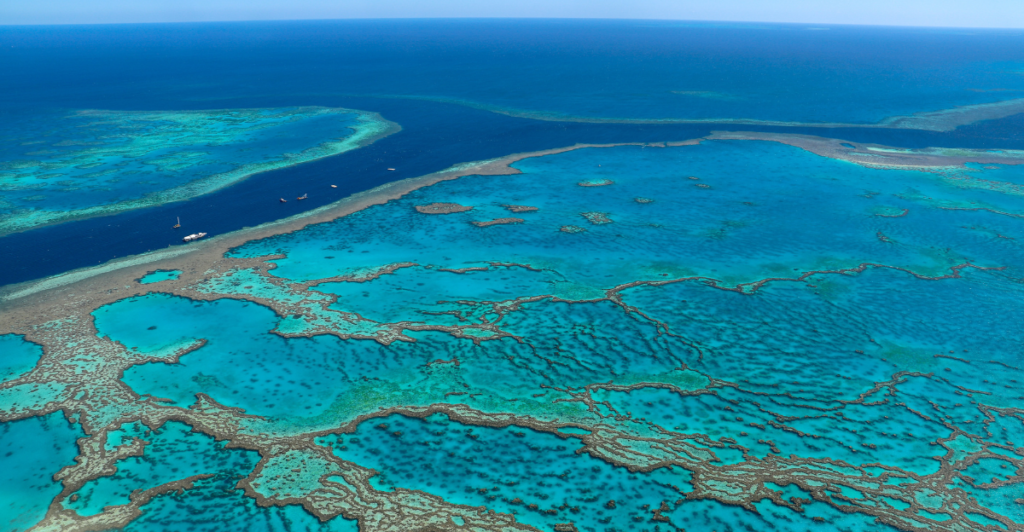
Overall, our oceans are getting warmer. This rise in temperature is causing marine heatwaves, which can lead to coral bleaching and disrupt entire ecosystems. For instance, during the 2015-2016 El Niño event, warmer waters caused significant coral bleaching in the Great Barrier Reef.
The Chilling Effect
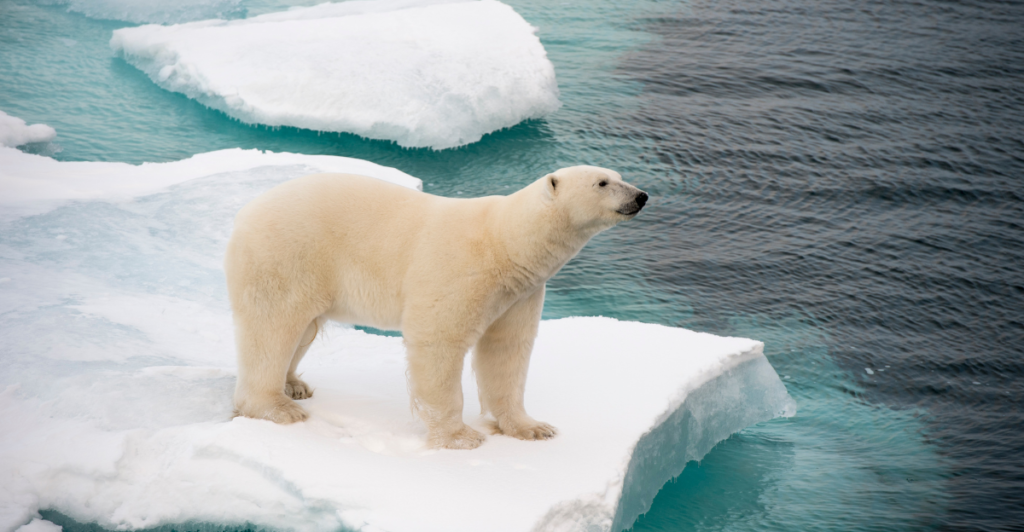
On the flip side, some regions are experiencing cooler temperatures. This can happen due to factors like changes in ocean currents or melting polar ice introducing cold freshwater into the sea. These cooler patches can also disrupt local marine life, especially species adapted to warmer conditions.
Marine Life on the Move
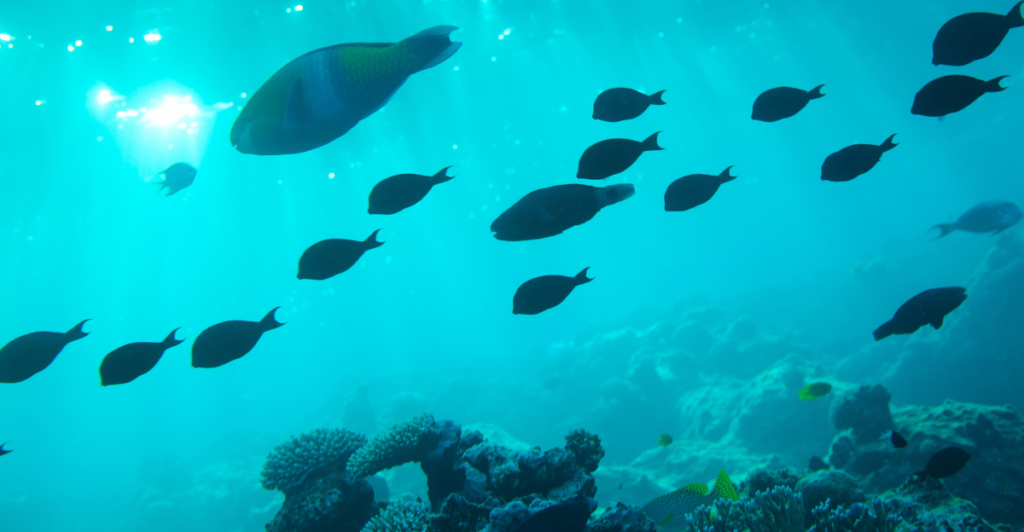
With these temperature shifts, many marine species are on the move. Fish that prefer cooler waters are migrating towards the poles, while tropical species are expanding into new areas. This reshuffling can lead to new predator-prey dynamics and affect local fisheries.
Coral Reefs Feeling the Heat
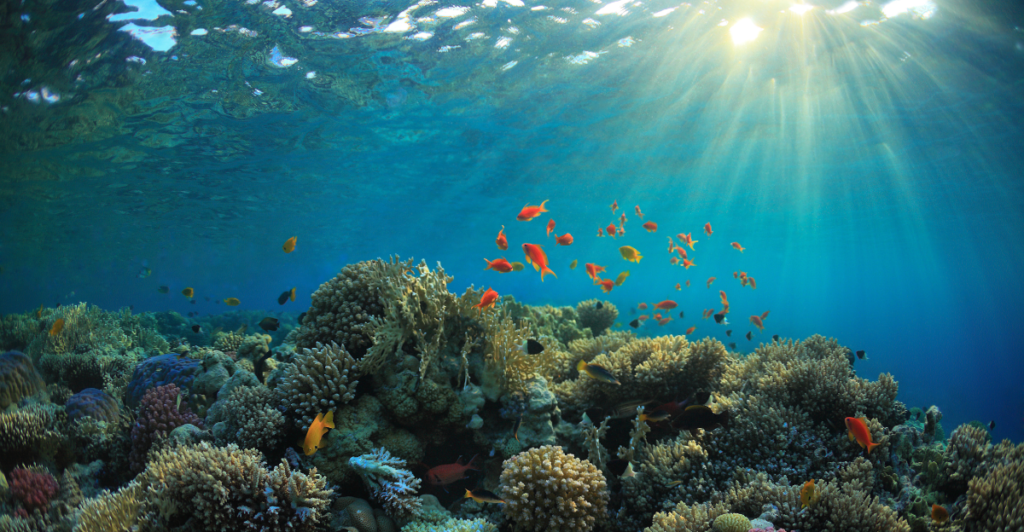
Coral reefs are particularly sensitive to temperature changes. Warming waters cause corals to expel the algae they rely on, leading to bleaching. If temperatures don’t return to normal quickly, these corals can die, resulting in the loss of vital habitats for many marine species.
The Oxygen Dilemma
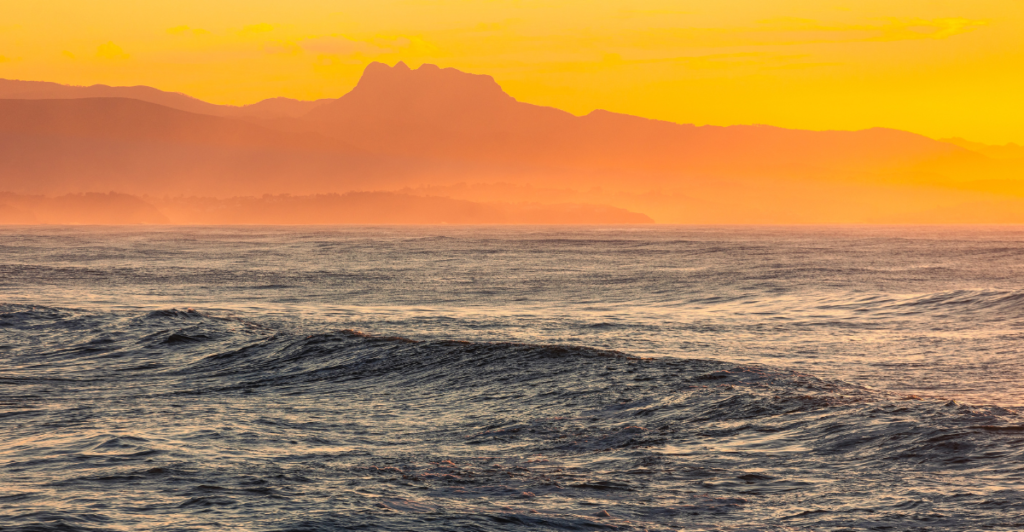
Warmer oceans hold less oxygen, making it harder for marine life to breathe. This deoxygenation can lead to “dead zones” where few organisms can survive. However, cooler waters can hold more oxygen but might not support species adapted to warmer environments.
The Silent Threat
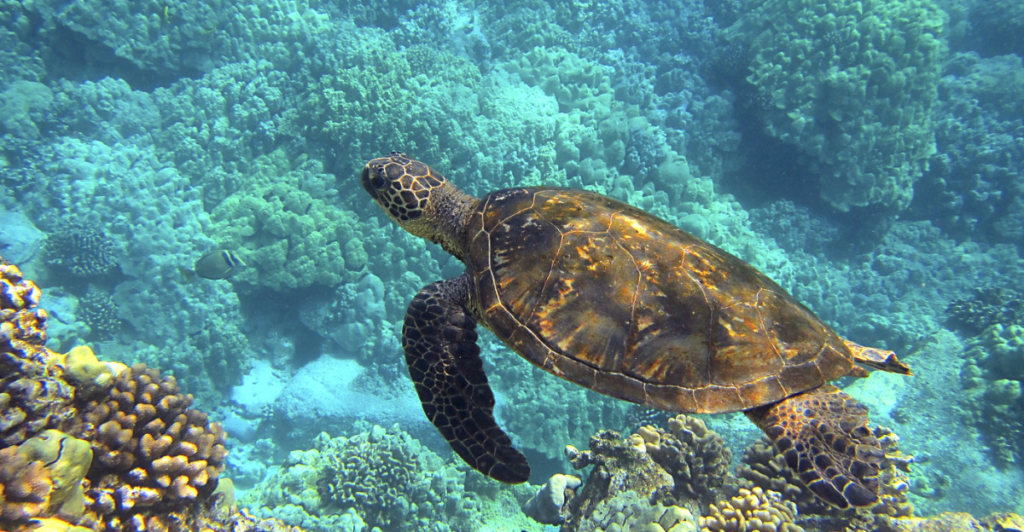
As the ocean absorbs more carbon dioxide from the atmosphere, it becomes more acidic. This acidification can weaken shells and skeletons of marine organisms like mollusks and corals, further stressing ecosystems already impacted by temperature changes.
The Role of Ocean Currents
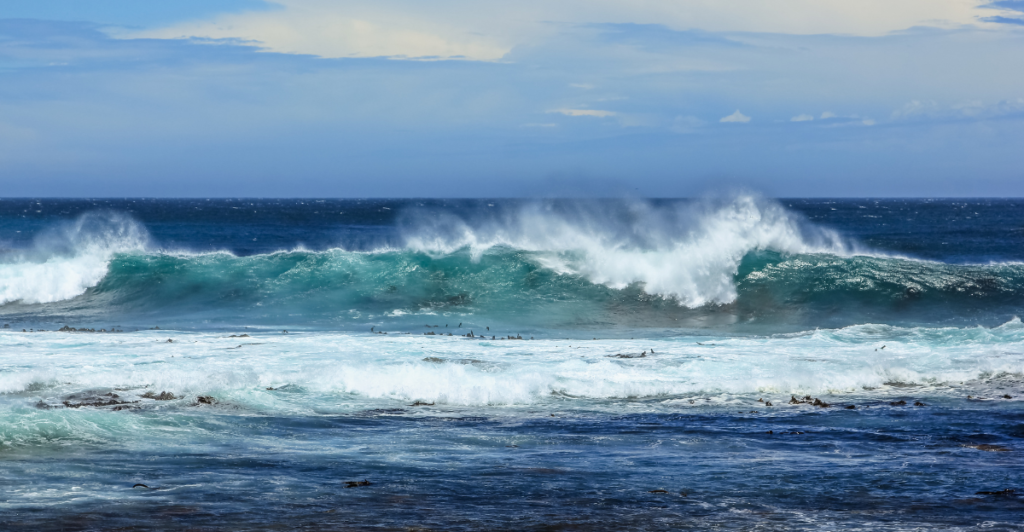
Ocean currents play a crucial role in distributing heat and nutrients. Changes in these currents can lead to regional warming or cooling, affecting local climates and marine life distributions. For example, a slowdown in the Atlantic Meridional Overturning Circulation could lead to cooling in parts of Europe.
Polar Regions
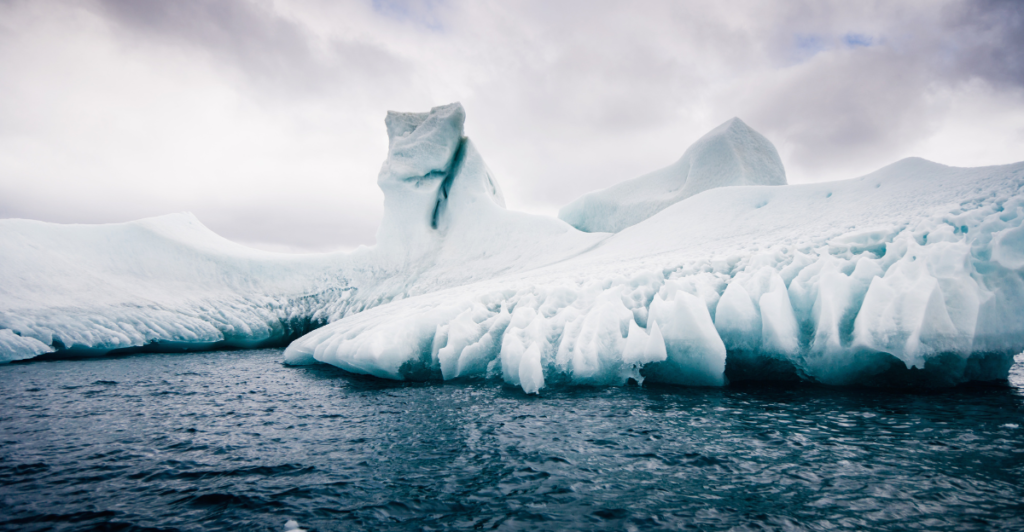
The Arctic is warming rapidly, leading to melting sea ice and habitat loss for species like polar bears. In contrast, some parts of the Southern Ocean around Antarctica have experienced cooling trends, though this is subject to ongoing research. These contrasting patterns have significant implications for global sea levels and climate.
Human Activities at the Helm
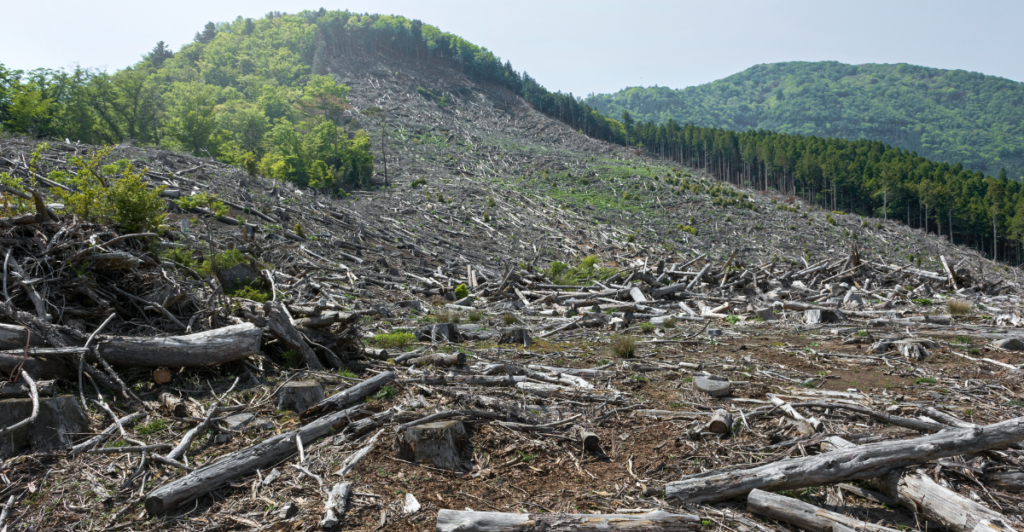
Human-induced climate change is the primary driver of these temperature anomalies. Greenhouse gas emissions trap heat in the atmosphere, with the oceans absorbing much of this excess energy. Land-based activities, such as deforestation and urbanization, also contribute to these changes by altering natural heat distribution.
The Ripple Effects on Fisheries
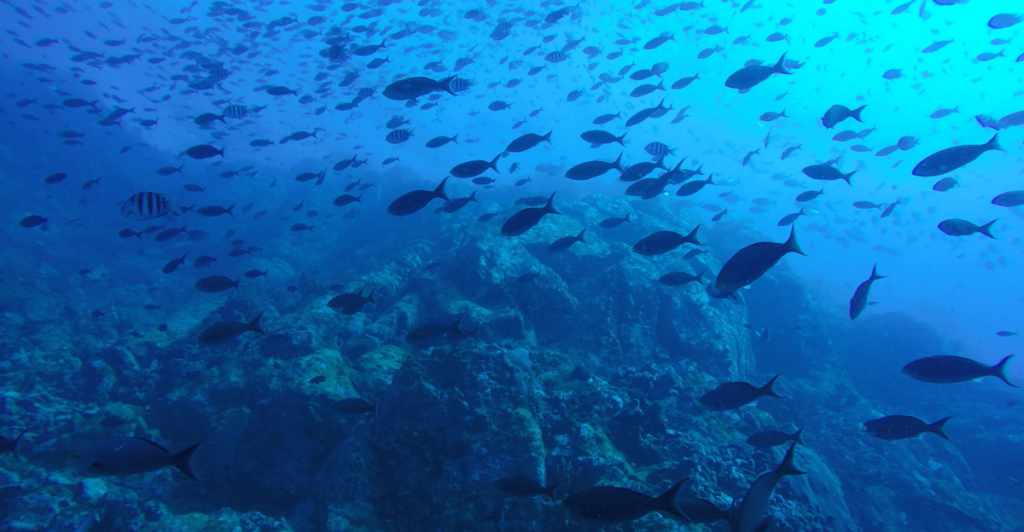
As fish populations migrate in response to temperature changes, fisheries are facing challenges. Traditional fishing grounds may become less productive, and new areas might open up, requiring adjustments in management and conservation strategies to ensure sustainable harvests.
Monitoring and Mitigation Efforts
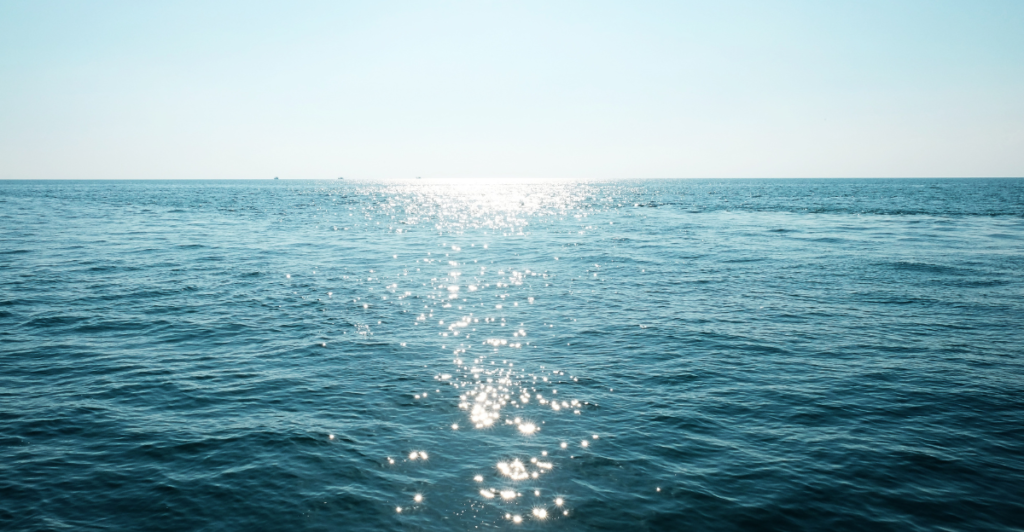
Scientists are using advanced technologies to monitor ocean temperatures and predict future changes. Mitigation efforts, such as reducing greenhouse gas emissions and establishing marine protected areas, are crucial to help marine ecosystems adapt to these shifting conditions.
A Call to Action

The detection of both warming and cooling trends in our oceans underscores the complexity of climate change. It’s a stark reminder of the need for comprehensive global action to address these challenges and protect the diverse life that depends on healthy ocean ecosystems. Understanding these dual trends is vital for developing effective conservation strategies and ensuring the resilience of marine life in a changing world.
Discover more of our trending stories and follow us to keep them appearing in your feed

Climate Change Overestimated? New Data Shows Oceans Are Cooling The Planet Faster Than Predicted
Glacier Experts Uncover Critical Flaw in Sea-Level Rise Predictions
Philanthropist Promises To Cover $771.23M Annually After US Exit From Climate Accords
After 800 Years of Silence, This American Volcano Shows Signs of Activity
References:
Reference 1
Reference 2
Reference 3
This article first appeared here
Stay connected with us for more stories like this! Follow us to get the latest updates or hit the Follow button at the top of this article, and let us know what you think by leaving your feedback below. We’d love to hear from you!







